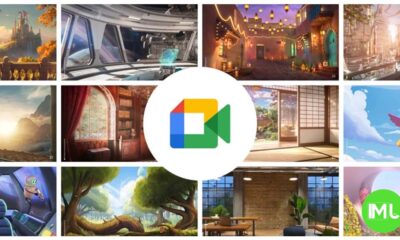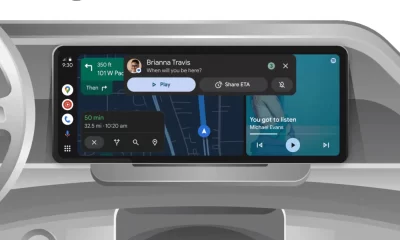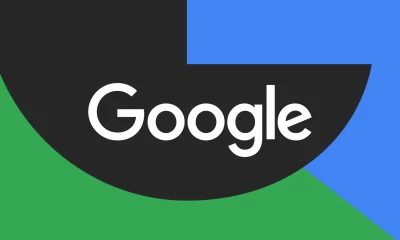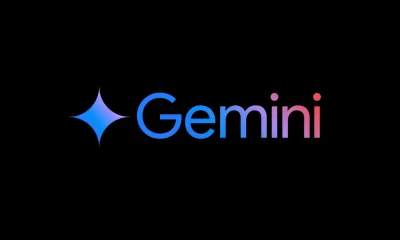Google Home: A glimpse into the future of smart living

The Google Home app has become the central nervous system of our smart homes, orchestrating everything from lighting and temperature to security and entertainment. While many updates focus on expanding device compatibility, a deeper look reveals a significant shift towards intelligent automation and user-friendly design. Recent developments within a test version of the Google Home app (version 3.29) offer a compelling preview of what’s to come, hinting at a more intuitive and proactive smart home experience.
One of the most exciting developments is the integration of Gemini AI. Google’s commitment to weaving its advanced AI into its products is evident here, with a new “AI Insights” feature poised to revolutionize how we interact with our smart homes. A new button within the app provides access to these AI-generated insights, offering personalized tips and feedback based on user behavior and device interactions.
Imagine receiving suggestions on optimizing energy usage based on your daily routines, or getting proactive alerts about potential maintenance needs for your connected appliances. The system also seems designed to learn from user feedback, allowing individuals to rate the usefulness of these insights and curate their preferred ones, ensuring a tailored and relevant experience.
Beyond AI enhancements, Google is also revamping the routine creation process. The current system, while functional, can sometimes feel complex for casual users. The new design introduces a card-based interface that slides up from the bottom of the screen, providing a more streamlined and intuitive approach. This visual overhaul is accompanied by a significant functional upgrade: the introduction of “Conditions.” Alongside the existing “Starters” and “Actions,” “Conditions” offer a new layer of control over routine execution.
This addition allows users to define specific circumstances under which a routine should run, providing greater precision than simply stacking starters. For example, users can now define time ranges instead of fixed start times, allowing for more flexible scheduling.
Perhaps the most impactful addition is the integration of “Presence” as both a Condition and a Starter. Leveraging a combination of sensor data from smart home devices and location data from user phones, the system can accurately determine occupancy status. This allows for more sophisticated automations, such as adjusting lighting and temperature based on whether anyone is home, or triggering security measures when the house is empty. This granular control over routines empowers users to create truly personalized and responsive smart home experiences.
Further refinements are also in development. A modified toggle for activating or deactivating individual routines offers a more user-friendly way to manage automations. Additionally, features previously glimpsed in earlier development stages are now showing significant progress.
The “Vacation Mode,” first spotted last year, is now taking shape. This feature aims to simplify the process of configuring automations for extended absences. Previously limited in functionality, the interface now allows users to specify travel dates, enabling comprehensive control over home automation while away. This suggests a move towards a more holistic approach to smart home management, catering to various user needs and scenarios.
It’s important to remember that these features are still under development, and the final implementation may differ from what has been observed in the test version. User interface elements are subject to change, and some features may be refined or even removed before public release.
However, these developments provide a compelling look into Google’s vision for the future of the smart home. The focus on AI-driven insights, streamlined routine creation, and granular control over automations suggests a move towards a more intelligent, intuitive, and personalized smart home experience. As with the ongoing development of the Vacation Mode, continued observation will reveal the final form of these exciting advancements.
Google Meet gets a fresh new look with Material 3 design
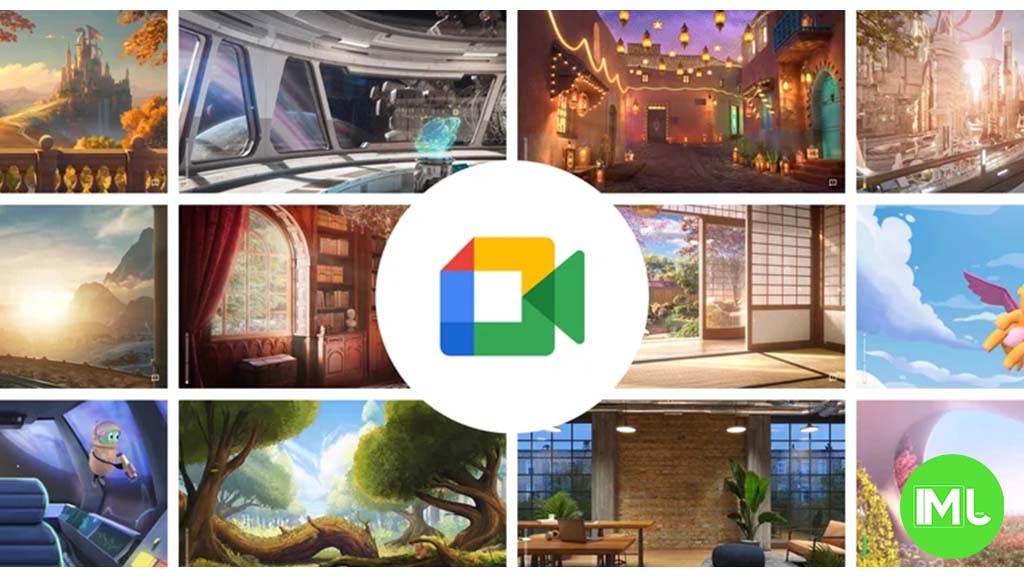
Google Meet is getting a big update to its look, thanks to the new Material 3 design. This change brings a cleaner and more modern style to the video calling app, making it easier and more enjoyable to use.
With Material 3, Google Meet now has rounder buttons, softer colors, and better spacing between elements. The main controls, like the microphone, camera, and end call buttons, are now larger and easier to tap. The icons and text are also clearer, which helps users find what they need quickly during a call.
Another improvement is the new “expressive” color system. This feature lets the app’s colors match your device’s wallpaper or theme, giving each user a unique and personalized experience. The changes also make Google Meet more accessible, as the new design is easier to read and use for everyone, including people with vision difficulties.
These updates are rolling out to both web and mobile versions of Google Meet. Google says the new look will help people feel more comfortable and focused during their meetings. Overall, the Material 3 update makes Google Meet not only look better but also work better for all its users.
Android
Easy ways to change Android Auto’s look with light and dark themes
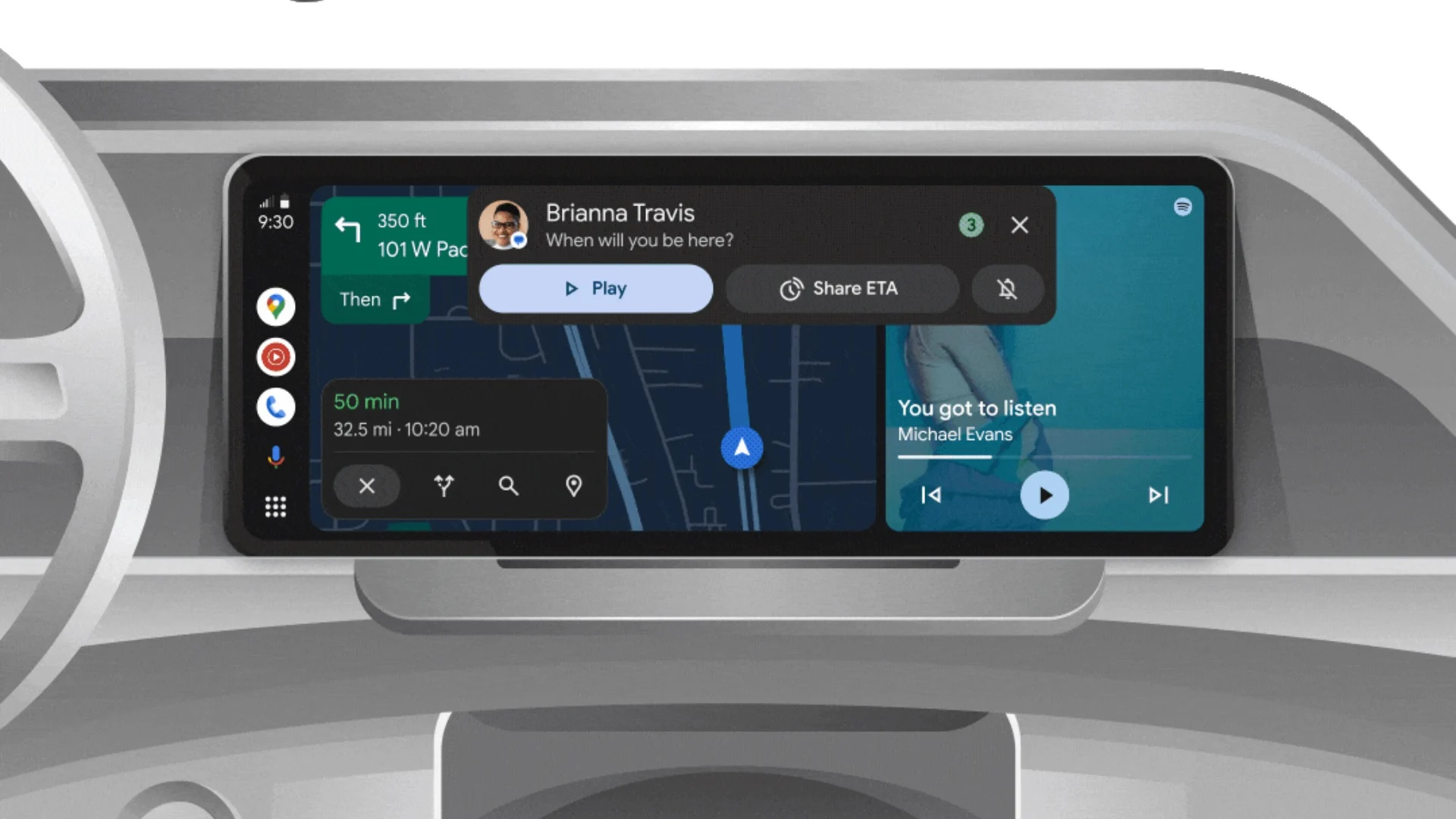
Android Auto is a helpful tool that lets you use your phone’s apps safely while driving. It connects your phone to your car’s screen, making it easier to use maps, music, and calls. One of the features many people like is the ability to change how Android Auto looks by switching between light and dark themes.
How to switch between light and dark themes
Android Auto offers two main themes: light and dark. The light theme uses brighter colors, which can make the screen easier to see during the day. The dark theme uses darker colors, which can be more comfortable for your eyes at night or in low light.
To change the theme, follow these steps:
- Open the Android Auto app on your phone.
- Go to the settings menu.
- Find the “Theme” option.
- Choose between “Light,” “Dark,” or “Set by car” (this lets your car decide the theme based on the time of day or your car’s settings).
Why themes matter
Using the right theme can make driving safer and more comfortable. The light theme is good for bright days, while the dark theme helps reduce glare at night. Having these options means you can pick what works best for you, making Android Auto easier to use in any condition.
In short, Android Auto’s theme options are simple to use and help you drive more safely by making the screen easy to see, no matter the time of day.
Google Drive and Files by Google get fresh updates for easier use
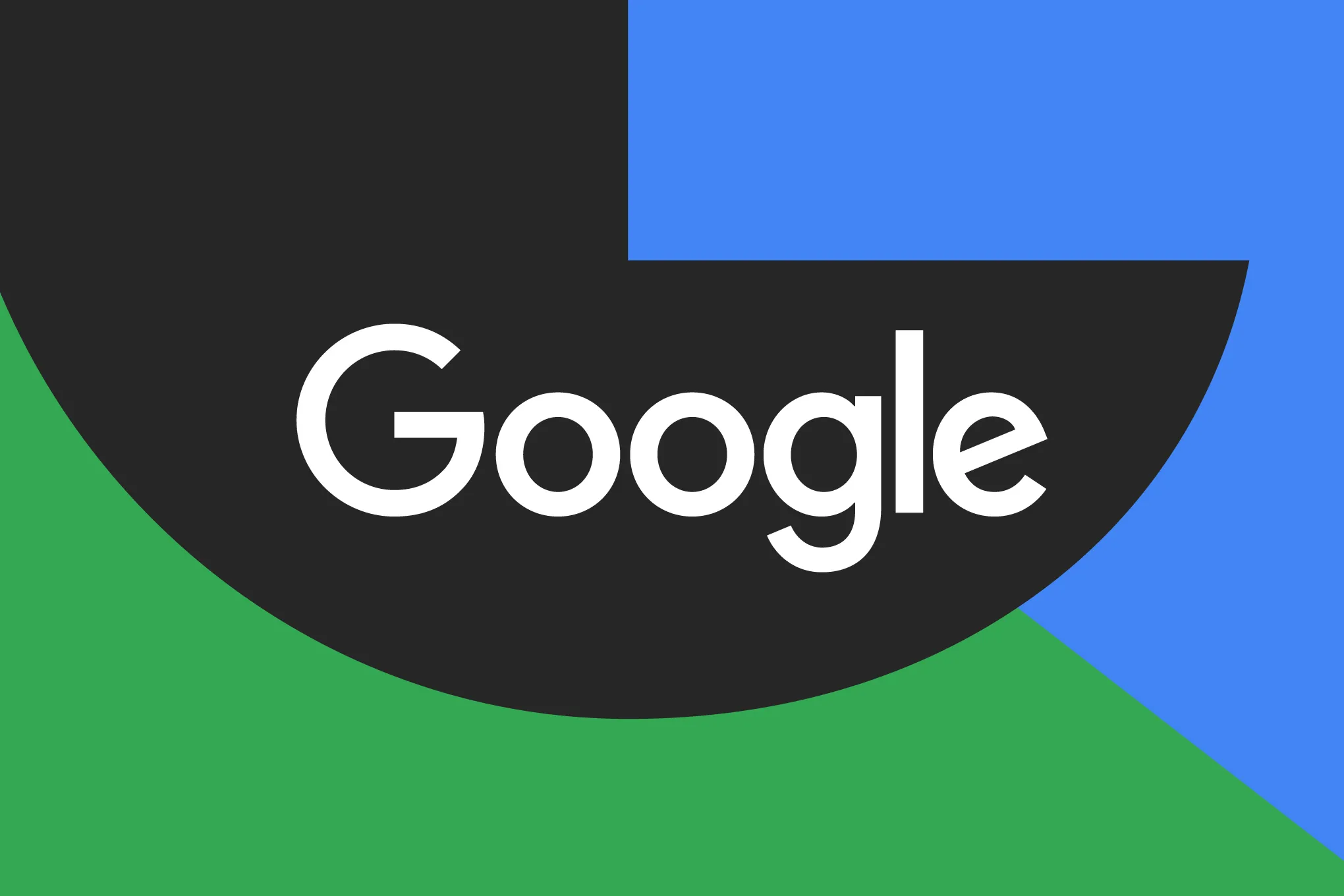
Google is rolling out some helpful updates to two of its popular apps: Google Drive and Files by Google. These changes are designed to make managing your files and watching videos much smoother.
First, Google Drive is getting a new video player. Now, when you upload a video to Drive and open it, you’ll notice a fresh look that matches Google’s latest design style. The controls, like play and pause, are easier to use and look cleaner. This update makes it simpler to watch videos directly in Drive without needing to download them first.
Meanwhile, the Files by Google app is also getting a makeover. The app is adopting Google’s Material 3 design, which means it looks brighter and more modern. The buttons and menus are easier to see and use, making it simpler to find, move, and organize your files. There are also new color options and improved icons, so everything feels more user-friendly.
Both updates show Google’s commitment to making its apps more helpful and enjoyable to use. Whether you’re watching videos in Drive or sorting files on your phone, these changes aim to save you time and make things less complicated. If you use these apps, keep an eye out for these new features—they should arrive soon!
-
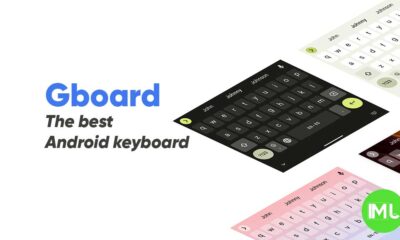
 Apps1 year ago
Apps1 year agoGboard Proofread feature will support selected text
-
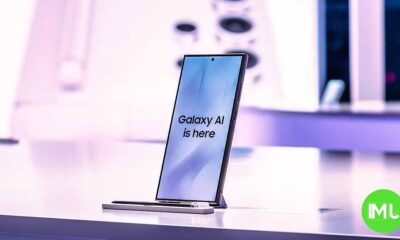
 News1 year ago
News1 year agoSamsung USA crafting One UI 6.1.1
-

 Apps12 months ago
Apps12 months agoGoogle Contacts app testing new Besties Widget
-
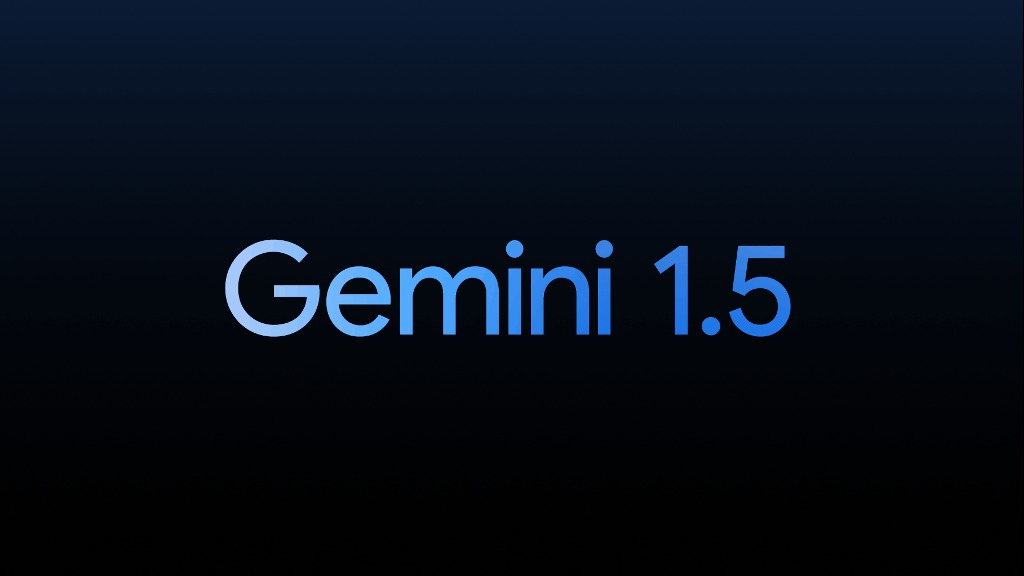
 AI12 months ago
AI12 months agoGoogle Pixel 9 Pro may come with a complimentary one-year Gemini Advanced subscription
-

 News1 year ago
News1 year agoBreaking: Samsung Galaxy S22 may get Galaxy AI features
-
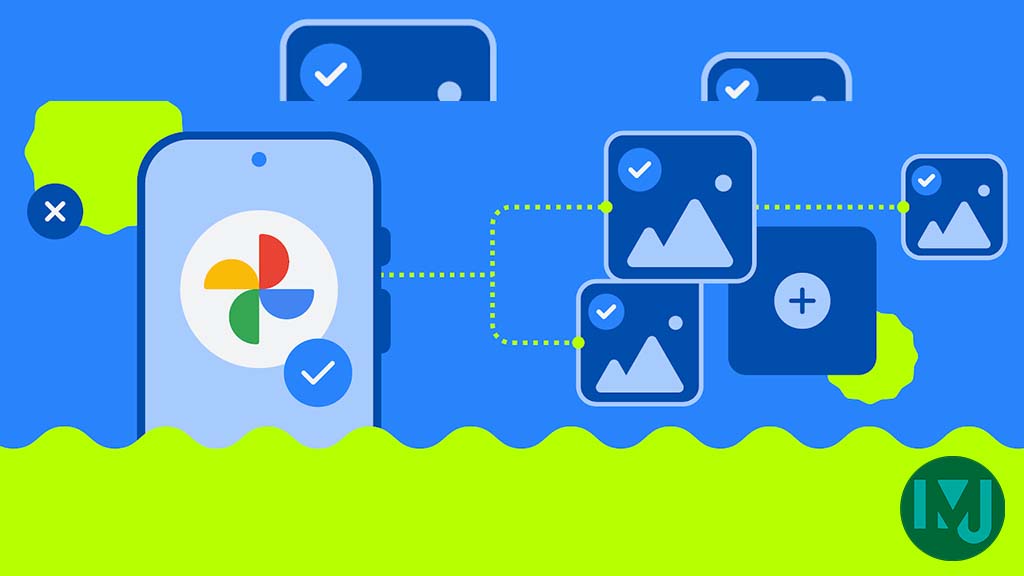
 Apps12 months ago
Apps12 months agoGoogle working on a new video editing feature for its Photo app
-
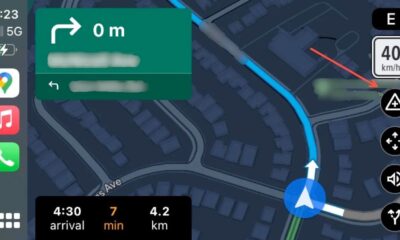
 Apps12 months ago
Apps12 months agoGoogle Maps lets you report traffic jams and accidents on Apple CarPlay, but not on Android Auto
-
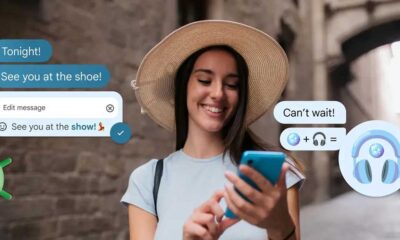
 Apps12 months ago
Apps12 months agoGoogle Messages app will transform MMS chats into RCS

